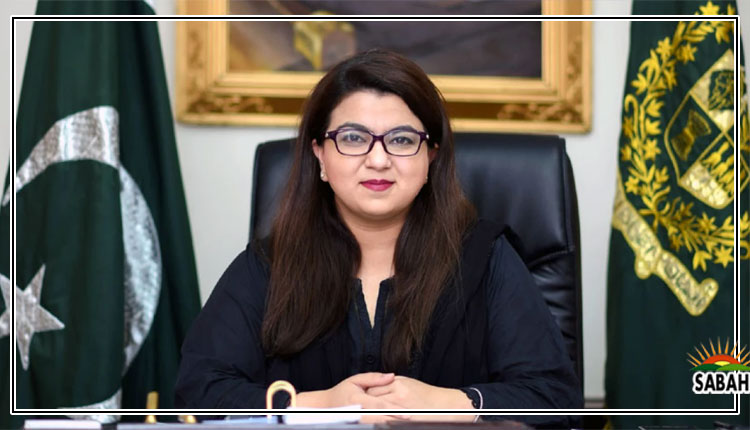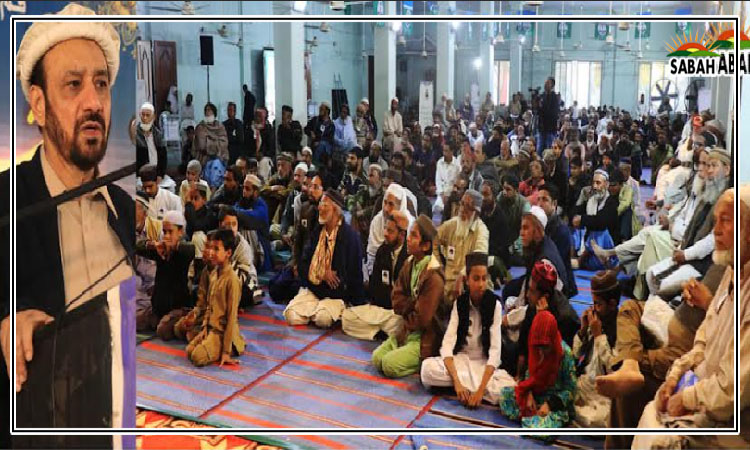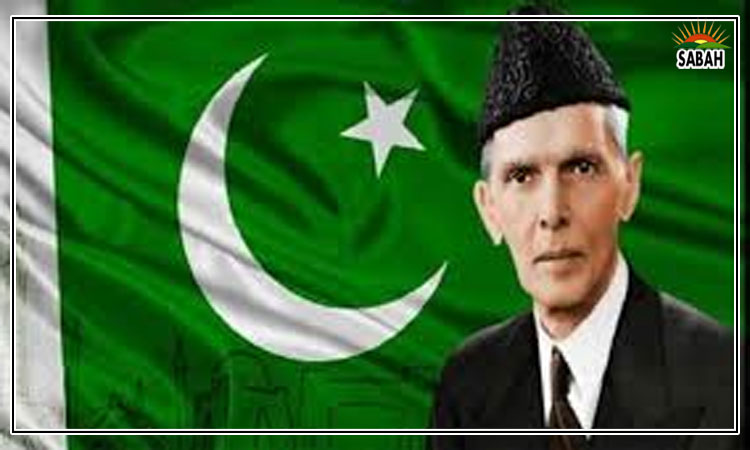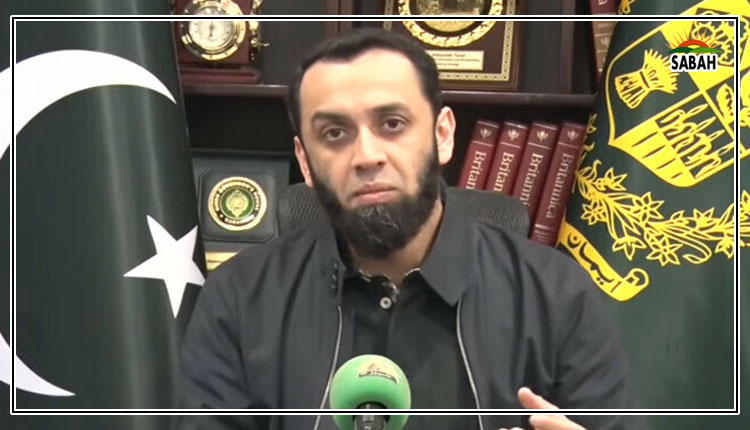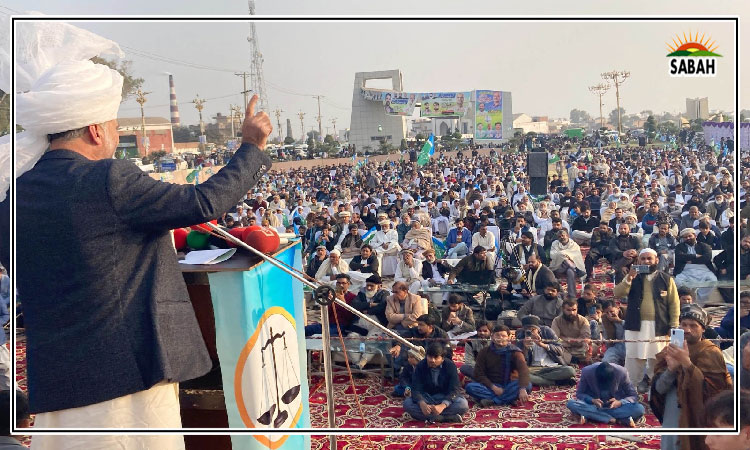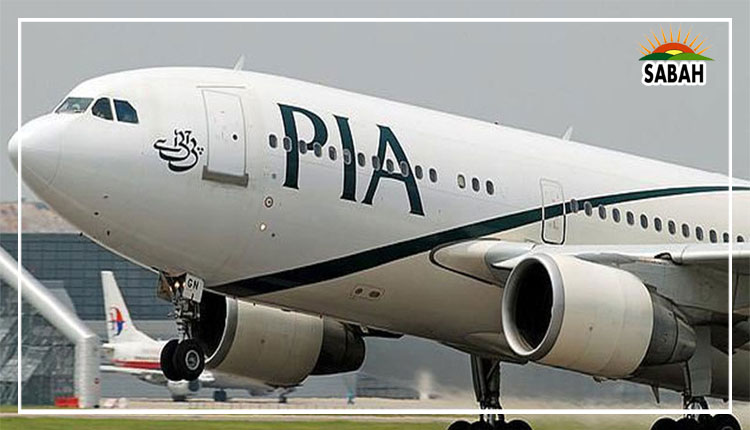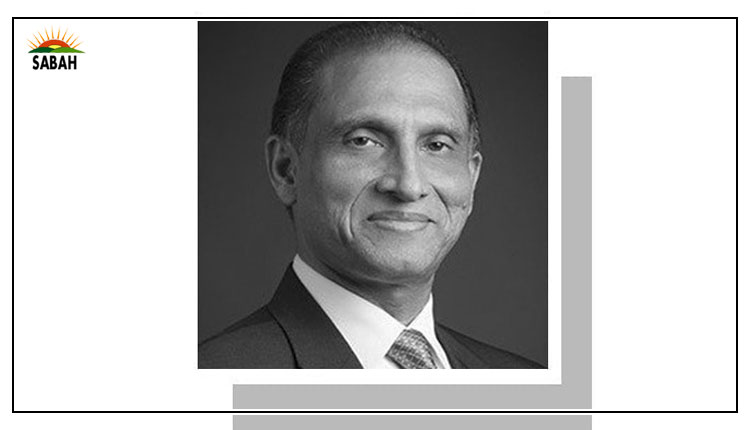Modi’s ‘guarantee’…Aizaz Ahmad Chaudhry
THAT Modi would win his third term was never in doubt. However, contrary to expectations, he did not achieve the landslide he was hoping for. Why has Modi ki guarantee (a boastful commitment to peoples welfare) not delivered the two-thirds majority to which he aspired? Several reasons are being cited: high unemployment rates, rising inflation, and the incumbency factor. The opposition projected Modi as a fascist in the making. His intense anti-Muslim rhetoric scared away not only Muslim voters, whom he called ghusbathiay or infiltrators, but also liberal Indians attached to Indias secular and pluralistic ethos. Losing the seat housing the Ram Mandir in Ayodhya is a case in point.
Yet, with 240 seats, the BJP is the largest party in Lok Sabha, way ahead of the Indian National Congress, which secured 99 seats. With its coalition partners, the BJP is assured of a third consecutive term led by Modi. This has become possible because of several notable achievements, mostly in the economic field. Under his watch, India became the fifth largest economy, compared to the 10th when he took over the reins of power 10 years ago. GDP has grown by 162 per cent, average income by 135pc, and foreign exchange reserves by 113pc to $620 billion. There has been a surge in internet usage, while digital transactions have grown by 358pc to $95bn. A series of initiatives were launched to make India a manufacturing hub. Modis government added 50,000 kilometres of national highways (a 60pc increase since 2014) and 31,000 km of rail networks, with plans to start bullet trains. Thirty million houses have been built for the poor.
With the economy doing well, India was able to spend more for its defence needs. According to the Stockholm-based organisation Sipri, India spent $83.6bn on its military in 2023, the steepest annual rise since 2009, and a 44pc increase since Modi took over in 2014. It is now the fourth largest military spender in the world. Notably, the bulk of the funds for military procurement (75pc) were allocated to domestically produced equipment, which has boosted local manufacturing, including that of homebuilt aircraft carrier, Vikrant. He also fast-tracked Indias space programme, achieving the landing of Chandrayaan-3 on the moon in August 2023.
What does Modis third term look like? Ostensibly, his top priority is to place India on course to become a developed country by 2047. He is also likely to continue his efforts to consolidate Indias status as a Hindu first nation, but it appears that this may not dilute his focus on the economy. He envisions that by 2030, India should be a $6.7 trillion economy, surpassing Japan and Germany to become the third-largest global economy. Even though India is the third-largest climate polluter, Modi wishes to make India climate-friendly by 2070. He also plans to move the country towards digital governance.
What does Modis third term look like?
Indias foreign policy under Modis third term is likely to continue in the same mode: navigating a tough balance in its relations with mutually antagonistic major powers: the US (strategic partner), Russia (enduring friend), and China (competitor); while enhancing special affinities with the Gulf sheikhdoms. He is likely to continue projecting his countrys image as a leader of the Global South.
Modi has disconnected his country from Pakistan in every domain. During the election campaign, he was utterly hostile to Pakistan. The jingoistic rhetoric of Modis companions was centred around the mindset of ghus ke marenge (infiltrate and kill), which is dangerous for regional peace. Its talk of targeting Azad Kashmir and Gilgit-Baltistan is also empty rhetoric, as any misadventure is likely to receive a befitting response, as in February 2019. Indias accusation of Pakistan committing cross-border terrorism is also not borne out by the facts. It is not India that is suffering from terrorism, but Pakistan, where Indian operatives have managed to kill 20 Pakistanis during 2023, similar to what they did in Canada and the US.
It appears that in his third term, Modi might not take any positive initiative towards Pakistan, even though he wants a stable western border to continue his focus on his economic vision and goals. Pakistans government would be well advised to wait until a positive initiative is taken by the Modi government.
Should he change his mind and approach Pakistan for limited cooperation, Pakistan should respond positively. Meanwhile, it should focus all its energies inwards to achieve a degree of political stability, continuity of economic policies, and human development in pursuit of a clear vision and positive strategy for the country. That is the only way Pakistan can regain its relevance in the eyes of friends and foes alike.
Courtesy Dawn


